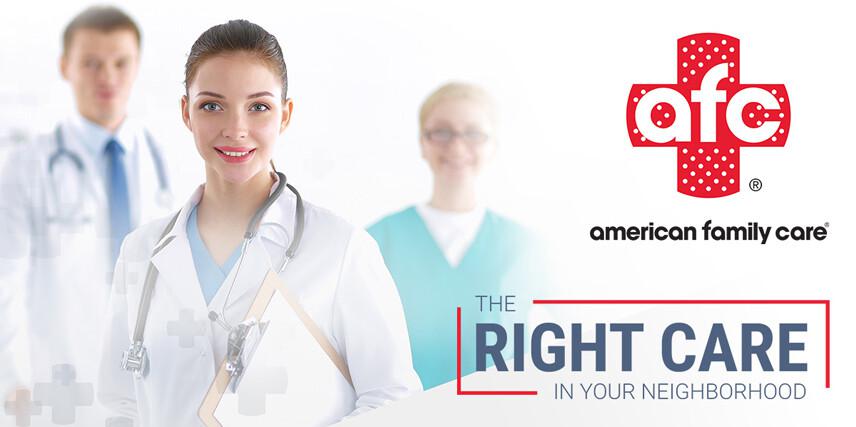During the summertime, experiencing a minor burn from the sun or a cooking incident is common. Burns can be very serious injuries, and it is important to understand both when a burn can be treated at home and when a burn requires medical care. Keep reading to learn more about common causes of burns during the summer season and a guide for when to seek treatment for a burn.
At AFC Urgent Care North Bergen, our walk-in clinic is equipped to provide rapid care for minor burns and moderate burns that are less than 3”. Our clinic is available 7 days a week, and we provide care for patients of all ages. Simply walk into the clinic, or schedule your visit in advance using the button below.
Common Causes of Burns in the Summertime
Burns are very common injuries. During the summertime, getting a sunburn or accidentally burning yourself on a firepit or grill can lead to a severe burn that requires medical treatment. Always be sure to have a fire extinguisher close by when around open flames, and be sure to apply SPF if you plan to spend time in the sun during the summer months to prevent sunburns. If you do burn yourself, understanding how to rank your burn on a burn scale will help you determine whether your injury requires immediate care, or if it can be treated at home.
Understanding Types of Burns
Burns are very common injuries. They can happen many different ways, and how the burn occurs will dictate the severity and whether you should seek medical treatment.
First-Degree Burns: First-degree burns are the mildest category of burn, and also the most common kind of burn. A sunburn is a common first-degree burn. They are often categorized as red in appearance with mild to moderate discomfort. They may also cause the surface of the skin to feel hot to the touch.
Second-Degree Burns: Second-degree burns are more severe and often cause blistering at the surface of the skin. This blistering can burst, and the exposed skin can easily become infected without proper care.
Third-Degree Burns: Third-degree burns are extremely severe and always require specialized treatment in the ER. These burns often lead to scarring and can take months to heal.
How to Treat a Burn at Home
First-degree burns are the only burns that can safely be treated at home. If your burn is blistering, you likely need medical guidance to properly clean and heal the wound to prevent infection. If you burned yourself with a chemical, or your burn is large, you should seek emergency care in the ER.
When considering how to effectively treat a mild burn at home, a common question is whether you should cover the burn or let it breathe and leave it uncovered. If your burn is mild, like a sunburn, you can leave the burn uncovered and moisturize the skin to reduce irritation and promote healing. If your burn is blistering or peeling, you should cover the burn for the first day or two of healing to prevent debris from entering the wound. Then, once a scab has formed, you can let it breathe to heal completely. If you’re unsure of how to treat your burn, you should seek immediate medical care.
Visit AFC North Bergen for Same-Day Treatment for Minor Burns
If you suffer a burn, it is vital to know how to effectively treat it. Burns are serious injuries and without proper care, they can lead to complications like infection or scarring. At AFC North Bergen, our medical providers are equipped to treat minor burns and moderate burns less than 3”. Get peace of mind by walking into the clinic for a quick evaluation of your injury.
At AFC North Bergen, we make it easy to receive prompt care for minor injuries. Our clinic is open 7 days a week on a walk-in basis. We work with most medical insurance plans, and we offer affordable rates for self-paying patients. To learn more, walk into the clinic or give us a call at (201) 588-1300.
